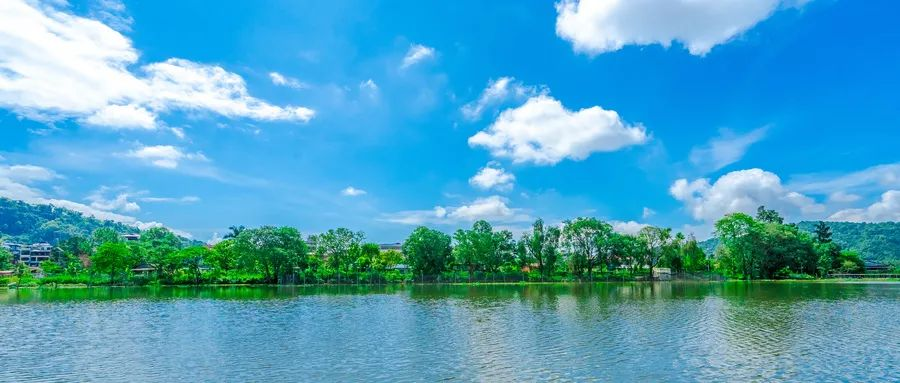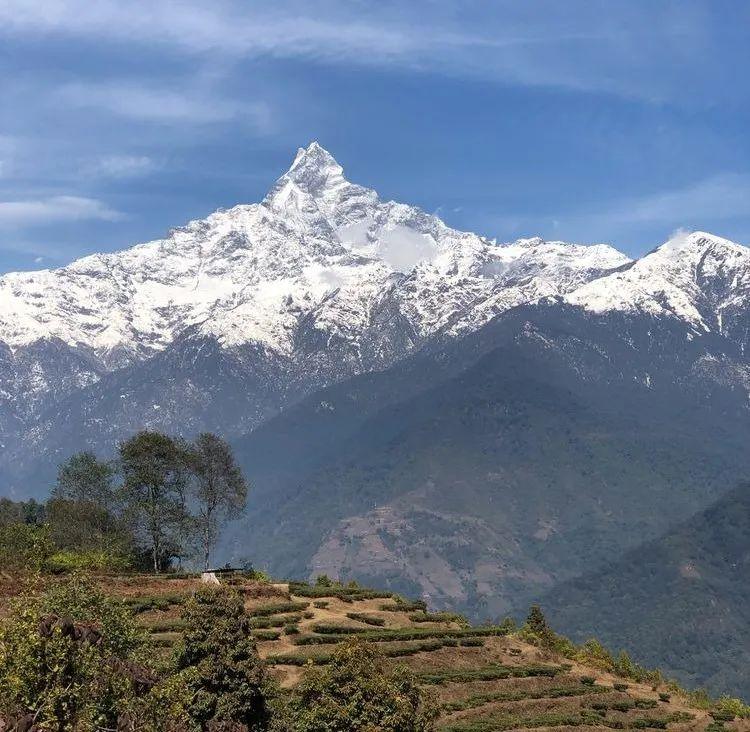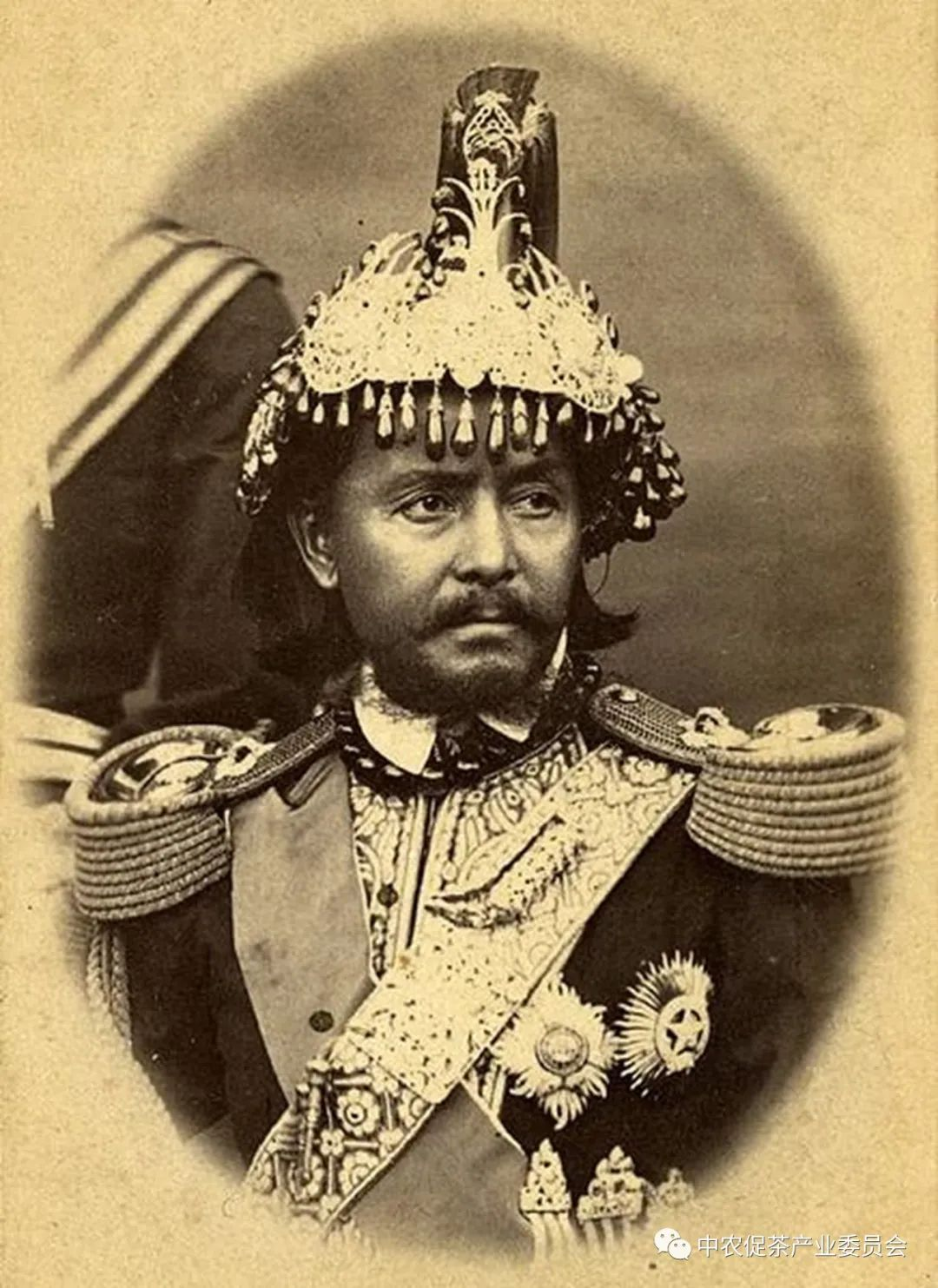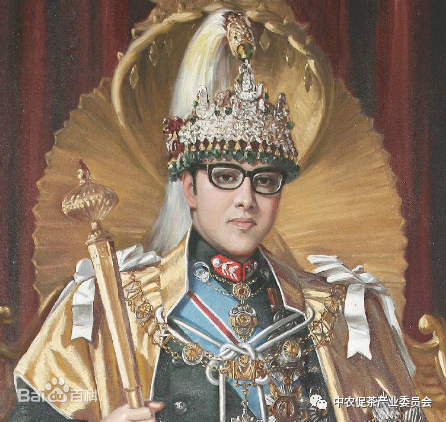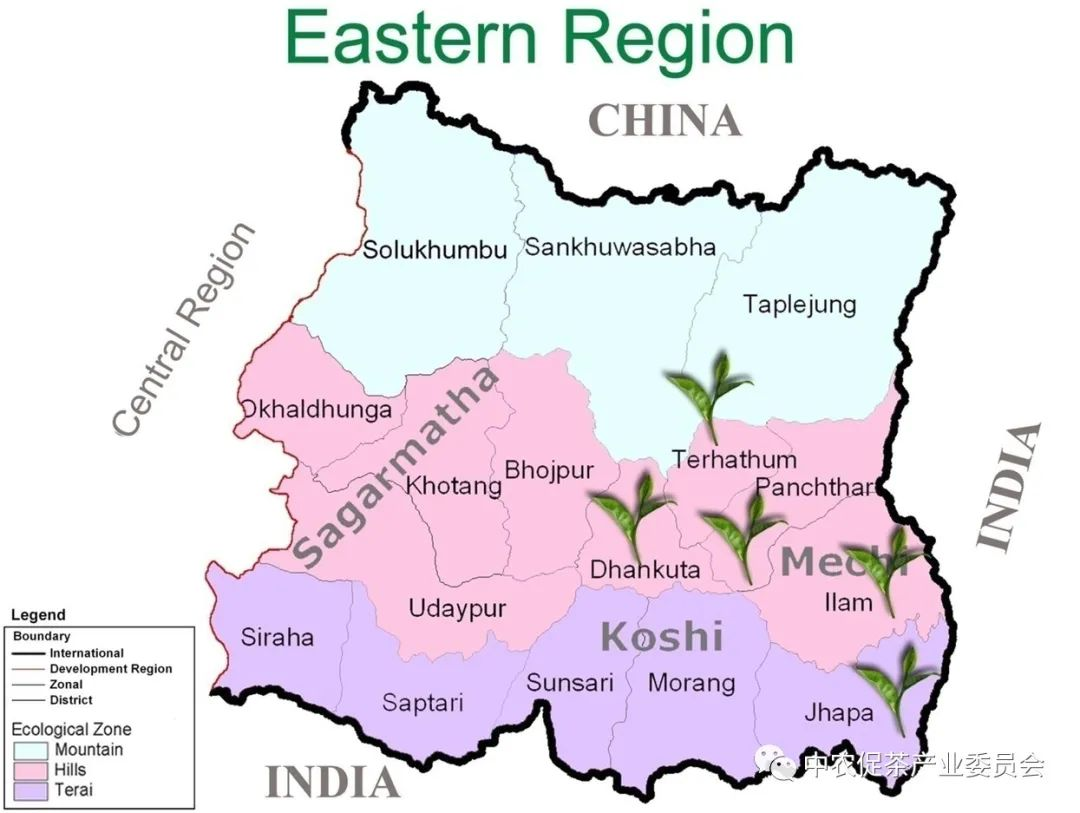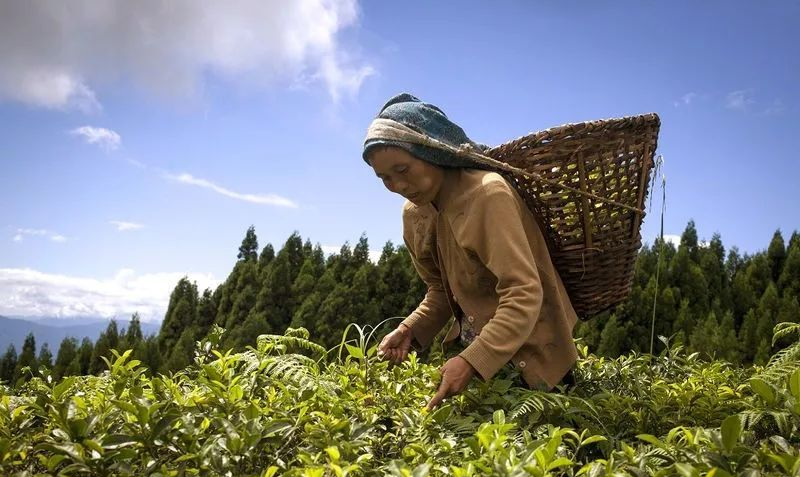Overview of Nepal
Nepal, full name federal Democratic Republic of Nepal, the capital is located in Kathmandu, is a landlocked country in South Asia, in the southern foothills of the Himalayas, adjacent to China in the north, the rest of the three sides and India borders.
Nepal is a multi-ethnic, multi-religious, multi-surname, multi-language country. Nepali is the national language, and English is used by the upper class. Nepal has a population of about 29 million. 81% of Nepalis are Hindu, 10% Buddhist, 5% Islamic and 4% Christian (source: Nepal National Tea and Coffee Development Board). The common currency of Nepal is Nepali Rupee, 1 Nepali Rupee ≈0.05 RMB.
The picture
Lake Pokhara ‘afwa, Nepal
Nepal’s climate is basically only two seasons, from October to March of the next year is the dry season (winter), rainfall is very little, the temperature difference between morning and evening is large, about 10℃ in the morning, will rise to 25℃ at noon; The rainy season (summer) falls from April to September. April and May are particularly sultry, with the highest temperature often reaching 36℃. Since May, rainfall has been abundant, often flooding disasters.
Nepal is an agricultural country with a backward economy and is one of the least developed countries in the world. Since the early 1990s, liberal, market-oriented economic policies have had little effect because of political instability and poor infrastructure. It relies heavily on foreign aid, with one quarter of its budget coming from foreign donations and loans.
The picture
Tea garden in Nepal, with fishtail Peak in the distance
China and Nepal are friendly neighbors with a history of over 1,000 years of friendly exchanges between the two peoples. Buddhist monk Fa Xian of the Jin Dynasty and Xuanzang of the Tang Dynasty visited Lumbini, the birthplace of Buddha (located in southern Nepal). During the Tang Dynasty, Princess Chuzhen of Ni married Songtsan Gambo of Tibet. During the Yuan Dynasty, Arniko, a famous Nepali craftsman, came to China to supervise the construction of The White Pagoda Temple in Beijing. Since the establishment of diplomatic ties on August 1, 1955, The traditional friendship and friendly cooperation between China and Nepal have been developing continuously with close high-level exchanges. Nepal has always given China firm support on issues related to Tibet and Taiwan. China has provided assistance within its capacity to Nepal’s economic and social development and the two countries have maintained sound communication and cooperation in international and regional affairs.
History of Tea in Nepal
The history of tea in Nepal dates back to the 1840s. There are many versions of the origins of the Nepalese tea tree, but most historians agree that the first tea trees planted in Nepal were a gift from the Emperor of China to the then Prime Minister Chung Bahadur Rana in 1842.
The picture
Bahadur Rana (18 June 1817 — 25 February 1877) was the Prime Minister of Nepal (1846 — 1877). He was the founder of the Rana family under the Shah dynasty
In the 1860s, Colonel Gajaraj Singh Thapa, chief administrator of Elam district, pioneered the cultivation of tea in Elam district.
In 1863, elam Tea Plantation was established.
In 1878, the first tea factory was established in Elam.
In 1966, the Nepalese government established the Nepal Tea Development Corporation.
In 1982, the then King of Nepal Birendra Bir Bikram Shah declared the five districts of Jhapa Jappa, Ilam Iram, Panchthar Panchetta, Terhathum Drathum and Dhankuta Dankuta in the Eastern Development Area as the “Nepal Tea District”.
The picture
Birendra Bir Bickram Shah Dev(28 December 1945 — 1 June 2001) was the tenth king of the Shah Dynasty of Nepal (1972 — 2001, crowned in 1975).
The picture
The areas marked with tea patterns are the five tea districts of Nepal
The tea growing region of eastern Nepal borders the Darjeeling region of India and has a climate similar to darjeeling tea growing region. Tea from this region is considered a close relative of Darjeeling tea, both in flavor and aroma.
In 1993, Nepal’s National Tea and Coffee Development Board was established as the tea regulatory body of the Nepalese government.
Current situation of Tea industry in Nepal
Tea plantations in Nepal cover an area of about 16,718 hectares, with an annual output of about 16.29 million kg, accounting for only 0.4% of the world’s total tea output.
Nepal currently has about 142 registered tea plantations, 41 large tea processing plants, 32 small tea factories, about 85 tea production cooperatives and 14,898 registered small tea farmers.
Per capita tea consumption in Nepal is 350 grams, with the average person drinking 2.42 cups per day.
Nepal Tea Garden
Nepal tea is mainly exported to India (90%), Germany (2.8%), Czech Republic (1.1%), Kazakhstan (0.8%), United States (0.4%), Canada (0.3%), France (0.3%), China, United Kingdom, Austria, Norway, Australia, Denmark, Netherlands.
On January 8, 2018, with the joint efforts of the National Tea and Coffee Development Board of Nepal, the Ministry of Agricultural Development of Nepal, the Himalayan Tea Producers Association and other relevant organizations, Nepal launched a new tea trademark, which will be printed on authentic Nepali tea packages to promote Nepali tea to the international market. The design of the new LOGO consists of two parts: Everest and text. It is the first time that Nepal has used a unified brand LOGO since tea was planted more than 150 years ago. It is also an important beginning for Nepal to establish its position in the tea market.
